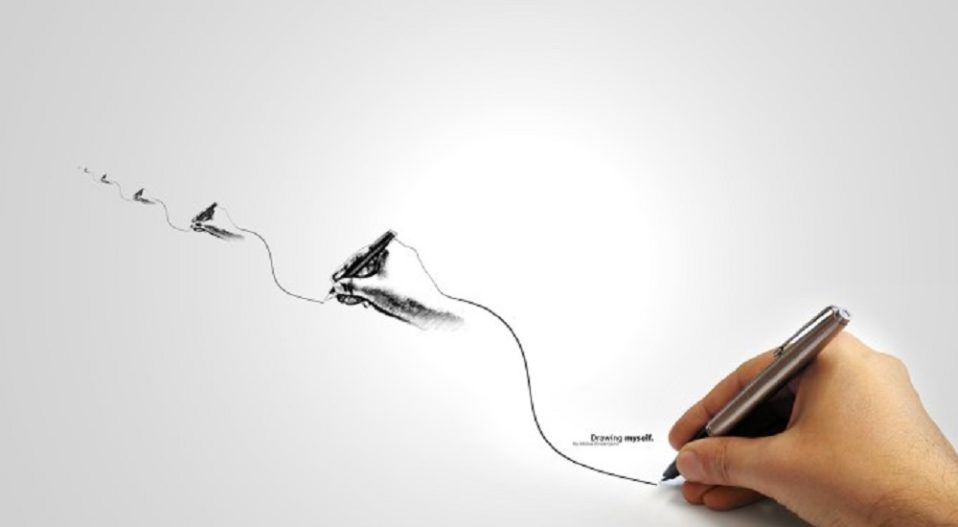Lets chat about poetry, precisely some informal tips about making good verses.
Poetry is an art, a dance, painting, or tapestry with words. It is deliberate, not just an expression of unruly and disjointed thoughts.
Therefore, the poet’s best creations are deliberately worded and designed to suit the message he wants to pass.
Every word that appears should have a role and a purpose.
Personally, there are five things I look for in a good poem:
- Immediacy – The poem should put its reader in the situation and should not waste words or the reader’s time. Also be direct and hook your reader from the opening lines. Yes, there can be a heightening of tension, a build up of expectation, but it all must flow. If you lose your reader along the way, he or she will abandon your poem and move on to the next thing.
- Economy – Words to poets are like money. Just like you won’t pay N1000 for a N500 shirt. Would you? So don’t use 4 words where 1 or 2 will do! Don’t be verbose!
- Intricacy – Try to weave beauty into your lines. Use poetic devices to differentiate your poem from an article broken into verses. Not everything in verse qualifies to be called a poem!
- History – Connect with your reader by writing on issues they are familiar with (like current events/news) or make the unfamiliar become familiar by proper word choice. Let your poem borrow from history and add to history by being informative, adding to the knowledge of the reader. So a poem about Ebola should carry some current facts/ideas to be part of history.
- Message – a poem that says nothing is not a poem. Let there be a message you are trying to pass with your lines. Otherwise, what is the purpose?
In writing a poem, technique is important.
The poem should spin and turn lithely, like a dancer, without treading on its partner’s feet – a tango between the poet and the reader.
The poet must not be dancing alanta while making the reader to think the music is for galala and this is often the case in poorly planned poetry.
It should have color, balance, proportion, and composition.
Use imagery and symbolism to keep the reader on the same path as you: let the reader feel, see, smell, taste, hear… the poem just as you do.
Rhymes, rhythm, structure, etc can help build make your poem more attractive.
The poem’s weave should be tight and consistent without knots or snarls – this does not mean you can’t make your poem have hidden or intricate meanings.
Rather, it means you should ensure that your diction, message and theme all align.
A good poem gives the reader something to reflect on and carry away, something that will abide, long after it was read.
Now write a short poem and tell us how you managed to ensure Immediacy, Economy, Intricacy, History, and Message.


